SUMMARY
This is AI generated summarization, which may have errors. For context, always refer to the full article.
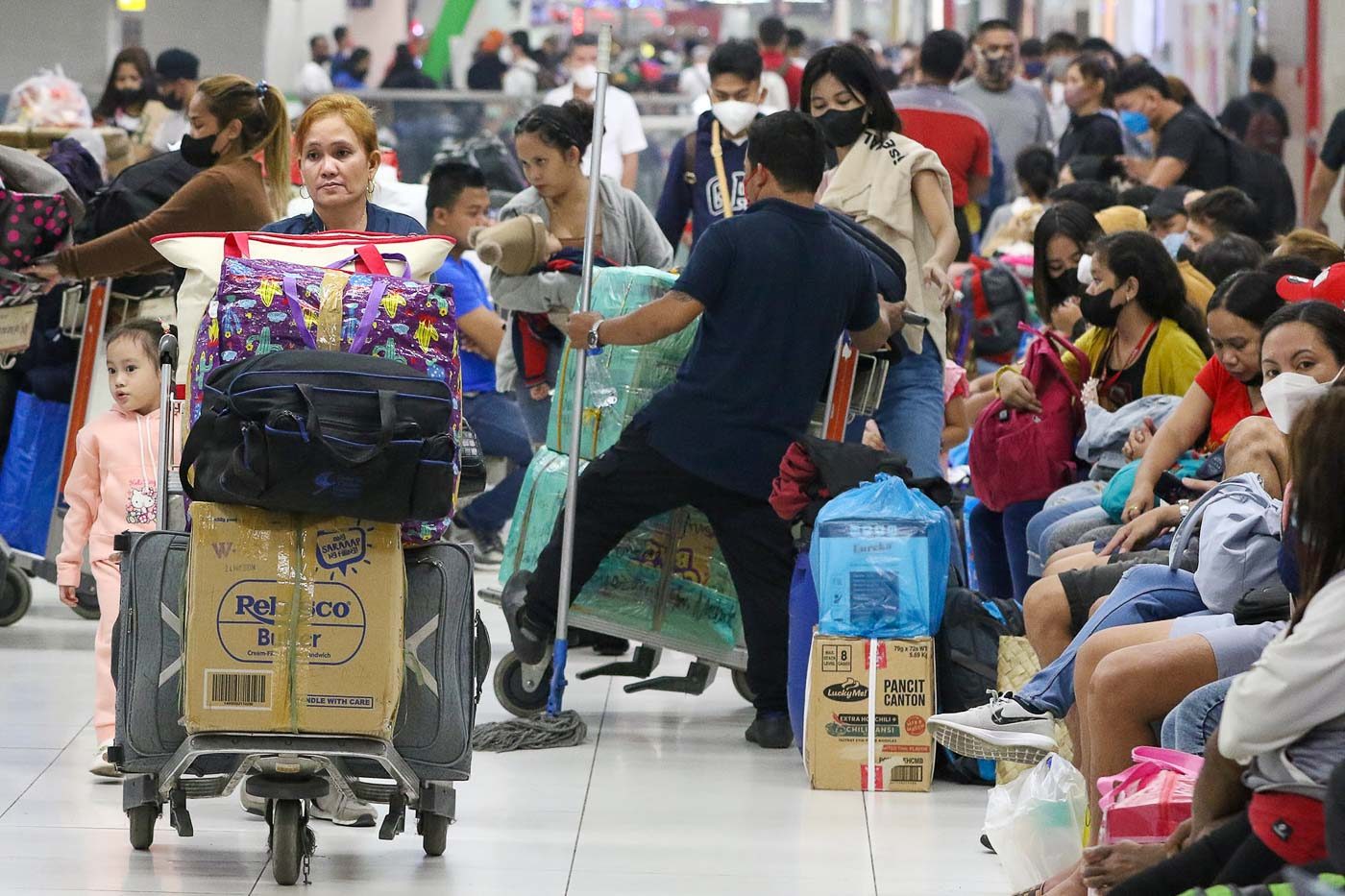
MANILA, Philippines – The Department of Health (DOH) on Friday, December 23, reported the Philippines’ first four cases of Omicron subvariant BF.7, which is driving the fresh surge in infections in China.
“As of current date, only four BF.7 cases have been detected in the country and these cases are being reported under Omicron BA.5,” the DOH told reporters in a Viber message.
The agency added that the subvariant is “still reported under BA.5 by the World Health Organization and will remain classified under Omicron.” The WHO tagged the B7.7 as a “variant under monitoring,” which means that the subvariant is “showing signals of transmission advantage compared to other circulating VOC lineages and has additional genetic changes known or suspected to confer change in epidemiology or fitness advantage.”
The DOH said that the country’s first cases of BF.7 came from Metro Manila.
It’s important to note that this is not the first time that BF.7 has made headlines. In October, it started to replace the variants that were then dominant in the United States and several European countries. The subvariant accounted for over 5% of US cases and 7.26% of UK cases in October.
Majority of people in the United States and European countries have already been vaccinated and have gotten their booster shots against COVID-19.
Despite the detection of BF.7, the DOH said that cases in the country “are at a plateau with 973 average daily cases for the week of December 16 to 22, 2022. “
“This is 5% lower than what was reported last week. On December 21, the country recorded a 21.73% utilization rate of total available COVID-19 beds; moreover, severe and critical admissions made up 10.57% of total COVID-19 related admissions, including those in the emergency room,” the DOH said.
What is BF.7?
The high transmission rate of BF.7 due to the many asymptomatic carriers is seen to be the reason why the Chinese government is having difficulty in taming the surge.
The symptoms of BF.7 are similar to those associated with other Omicron subvariants, primarily upper respiratory symptoms, which include high fever, cough, sore throat, runny nose, and fatigue. Some people can also experience gastrointestinal symptoms like vomiting and diarrhea.
“As Omicron has evolved, we’ve seen the emergence of new subvariants better able to escape immunity from vaccination or prior infection. BF.7 is no different,” The Conversation reported.
While the detection of BF.7 is concerning, COVID-19 vaccination and observing public health standards are still the best weapon to fight the virus. – Rappler.com
Add a comment
How does this make you feel?






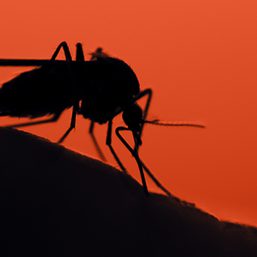




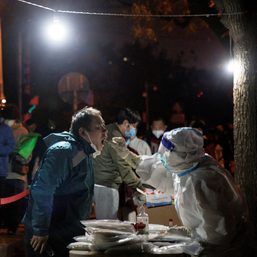
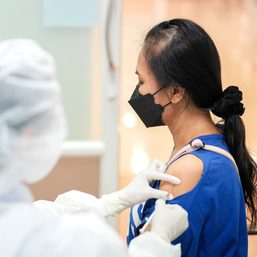



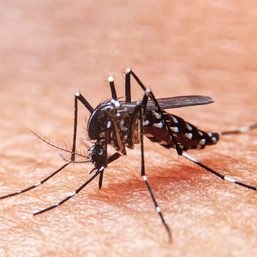
![[OPINION] A comprehensive global health network must include Taiwan](https://www.rappler.com/tachyon/2024/06/global-health-network-taiwan-june-7-2024.jpg?resize=257%2C257&crop_strategy=attention)


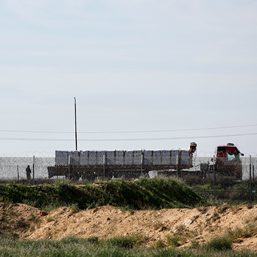
There are no comments yet. Add your comment to start the conversation.